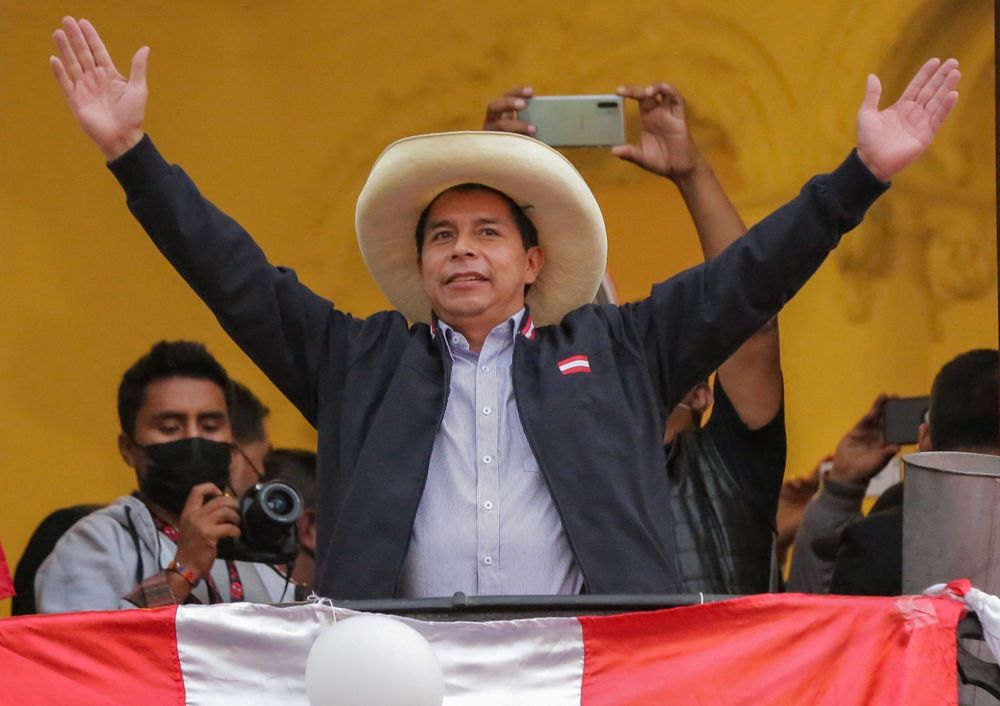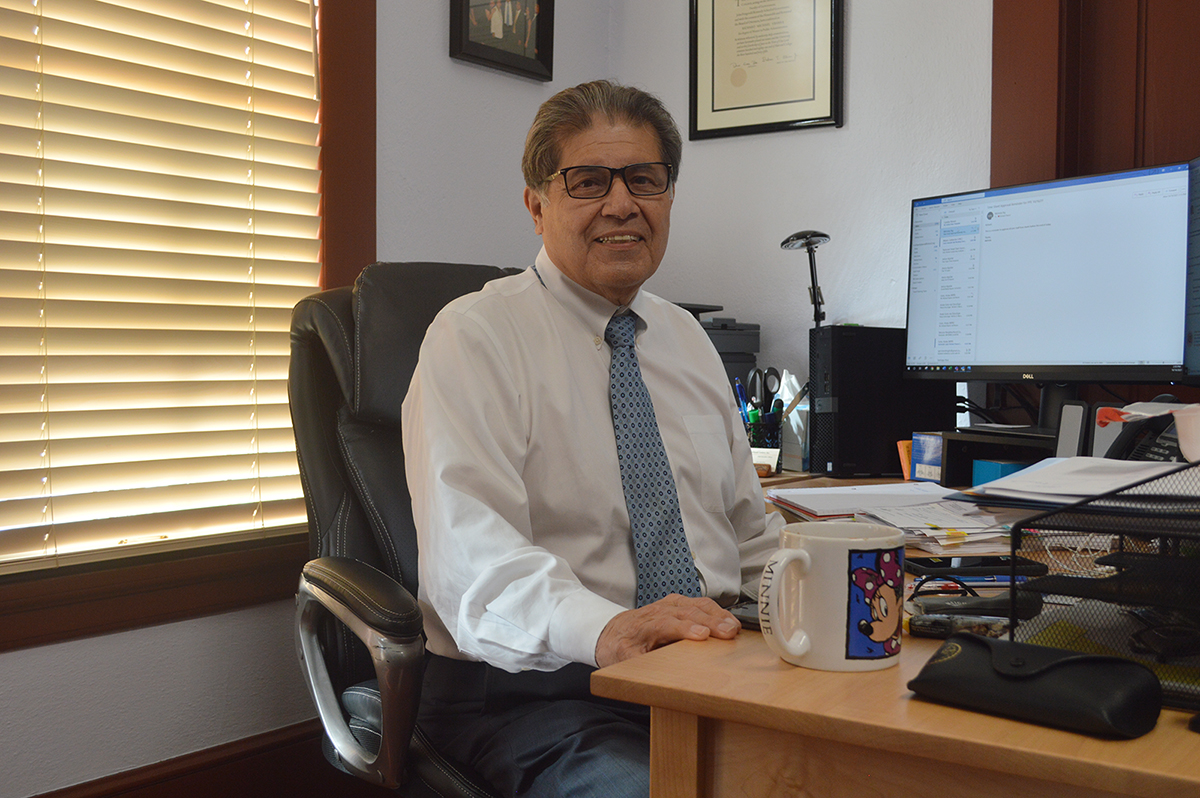Alfonso Cuarón’s Roma is the only Mexican film to have won a best foreign film Oscar
Mexico’s shot at glory at next year’s Academy Awards rests on the shoulders of a film that tells a story about cartel violence in Guerrero.
Tatiana Huezo’s Prayers For The Stolen (Noche de Fuego in Spanish) was selected by the Mexican Academy of Arts and Cinematographic Science as the candidate for nomination in the best foreign film category.
If chosen as a nominee, it would be the 10th Mexican film to compete for the prize: in 2019, Alfonso Cuarón’s Roma became the first Mexican film to win the award.
Prayers For The Stolen tells the story of three girls in the Guerrero Sierra who live amid a backdrop of gunshots and narcos while they battle to maintain their innocence.
The 110-minute film has already taken honors: it won the best film award in the Latin Horizons section of the San Sebastián Film Festival in Spain and secured the special mention in the uncertain regard (from another angle) category at the Cannes Film Festival, where 20 films with unusual styles and non-traditional stories are presented.
Huezo, who is of Salvadoran and Mexican heritage, dedicated her Cannes recognition to Latin American women who are “teaching [their daughters] that they can be free.”
Mayra Batalla, Norma Pablo and Alejandra Camacho star in the film.
Prayers For The Stolen was chosen by the Mexican film academy’s selection committee ahead of Arturo Ripstein’s Devil Between The Legs (El Diablo Entre Las Piernas), Samuel Kishi’s The Wolves (Los Lobos), Fernanda Valadez’s Identifying Features (Sin Señas Particulares), Alonso Ruizpalacios’ Netflix original film A Cop Movie (Una Película De Policías) and Yulene Olaizola’s Traffic Jungle (Selva Trágica).
The Mexican film academy chose The Wolves to represent Mexico in Spain at next year’s Goya Awards in the Ibero-American film category.
The 94th edition of the Oscars will take place on March 27. The 36th Goya Awards will be broadcast from Valencia on Feb. 12.
2nd Annual Latin GRAMMY Awards® Nominees
The Latin Recording Academy® has announced the nominees for the 22nd Annual Latin GRAMMY Awards®, the preeminent international honor and the only peer-selected award celebrating excellence in Latin music. The Latin GRAMMYs® are voted on by The Latin Academy’s international membership body of music creators who represent all genres and s, Paloma Mami, Marco Mares and Juliana Velásquez, features an incredible slate of nominees. The Latin Recording Academy takes pride in the diversity within this category, as it has been an ongoing commitment of the organization to ensure that all creators see a future for their music in the industry.










